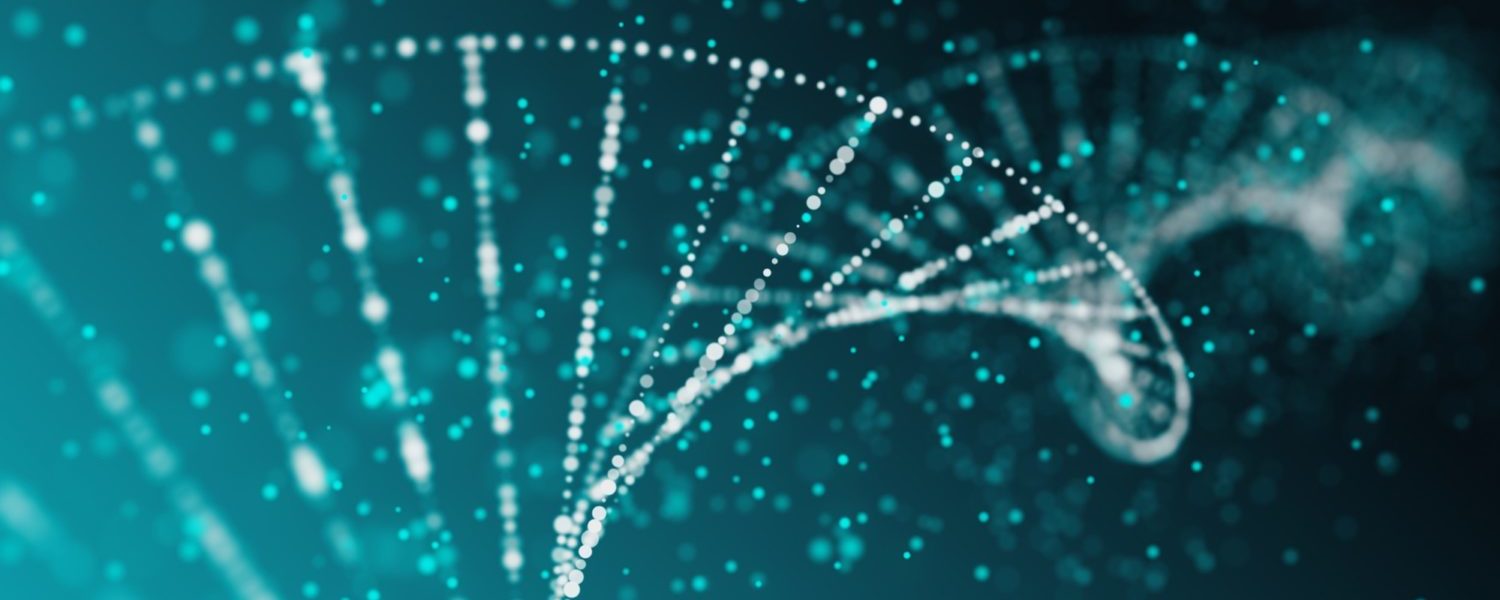What is digital PCR?
Digital PCR is a novel implementation of PCR that relies on dividing the initial reaction mix into multitude of smaller reactions. In Crystal Digital PCR™, this is achieved through dividing the reaction mix into tens of thousands of subnanoliter droplets. DNA molecules thus partitioned into droplets are amplified separately, and a fluorescent reporter, such as a hydrolysis probe, allows enumeration of the droplets in which amplification and probe hybridization has taken place. The fraction of droplets thus deemed positive for amplification is recorded, as is the total number of fractions analyzed (total number of droplets). Using Poisson’s law of small numbers, the concentration of target DNA can then be approximated, with the final results given as a mean concentration of copies of targets/ unit volume, and the uncertainty associated with this specific measurement. You can read in more detail about the principle of digital PCR here and watch this video with a detailed illustration of the digital PCR process.
